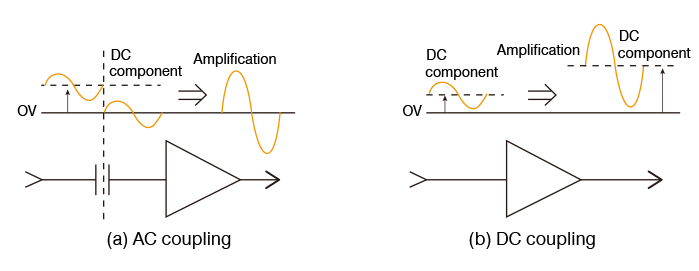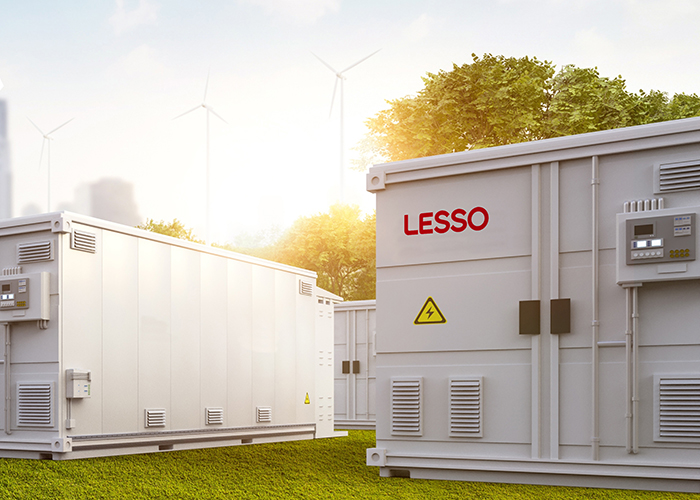Now, in Energy Industry, the energy storage is the most popular one.
More than a dozen provinces, including Shandong, Shanxi, Xinjiang, Inner Mongolia, Anhui and Tibet, have issued documents requiring solar and wind power plants to be equipped with energy storage systems.
Although the energy industry has long recognized that “Energy storage is an effective solution to solar, wind power intermittency and volatility, to promote energy utilization and reduce curtailment.” The deep price cut makes this advantage more prominent, but because of its technology and cost constraints led to it has been“Shunned.”. Today, the official collective pick is finally making energy storage proud.
But if energy storage is to complete the magnificent transition from“Icing on the cake” to“Just needed by the market”, it will not only need more clear and strong policy support, at the same time, we should promote the development of optical storage industry by technology and product innovation? How Do You Best Blend? What are the challenges of convergence? All these need to be answered.
1. What are the typical system scenarios?
At present, there are mainly schemes on the market.
Ac-side coupling scheme refers to photovoltaic and energy storage in the AC side connection, energy storage system can be connected to the low-voltage side, can also be connected to 10 kV~35 kV bus. The scheme is suitable for large-scale optical storage power station, centralized layout of energy storage system, Easy Operation Management and power grid dispatching.
Dc-side coupling scheme refers to the energy storage system connected to the DC side, the power conversion between the two systems less links, low energy loss, less equipment investment. In this scenario, the solar inverter would need to reserve an energy storage interface.

2. How to achieve the integration of 1 + 1 > 2?
There are fusion solutions, but fusion to achieve the effect of 1 + 1 > 2, but not easy.
Optical fusion technology is more complex. The integration system needs to ensure the safe and stable operation of photovoltaic, energy storage and power grid, and to break through the barriers between hardware, software and system level.
There are many devices in optical storage fusion system, which need to solve the interface compatibility problem between hardware and software. Equipment is often from different manufacturers, power plant design, equipment procurement, operation, maintenance of the difficulties and costs will increase, and most importantly, the communication interface between different equipment is different, integrators need to be familiar with different protocols and interfaces.
Therefore, optical storage fusion is not a simple physical combination of photovoltaic equipment and energy storage equipment, but to rely on deep fusion technology to achieve the effect of 1 + 1 > 2. These test the Integrator's integration strength very much.
3. The industry integration disorder appeared by low-price competition
System integration is the key to the construction of optical storage power station, but there are many challenges in the domestic integration field.
On the one hand, there are not many enterprises with integrated capability of optical storage system. Whether it is technology convergence or business model convergence, energy storage in our country is still in the early stages of industrial development. Many enterprises are strong in individual fields such as solar inverter, energy storage batteries, PCS, EMS, etc. , but only a handful of companies have integrated optical storage systems.
On the other hand, low-price bidding has become increasingly fierce, enterprises are constrained by low costs. At present, the bid price of energy storage has been reduced from 2.15 yuan/Wh (EPC price) to 1.699 yuan/Wh (EPC price) on the domestic new energy side, this price has been far below the industry recognized cost price.
Different scenarios have different requirements for energy storage systems, and there is no unified standard for the design and cost of energy storage systems, it can easily become a grey area.
“Now companies are bidding for batteries, and the standard is 6,000 cycles. The industry doesn't have a unified assessment standard. Some manufacturers are bidding for projects with batteries with a cycle life of less than 3,000 cycles at low prices. Of course, we can't compete with them in terms of price,” said a senior energy storage practitioner helplessly.
''Of course, the most critical aspect of the energy storage system integration is the safety management of the DC side, that is, the safety management of the battery system, which requires a very complete system protection design,'' the source continued. Cell, module, battery cluster, battery system management, the four levels are interlocked, good system protection design, can know their operation status in real time, can do fault early warning, if a fault occurs, it can also realize step-by-step protection and fast linkage protection.
Otherwise, small failures can easily turn into big problems. In recent years, more than 30 fire accidents occurred in South Korea, most of the reasons are electrical system design defects, protection system caused by failure.
The test does not end there, there are battery life issues, there must be energy storage temperature control system design. Strict thermal simulation and experimental verification, air duct design of energy storage containers, air conditioning power configuration and so on, these links are not strictly controlled and designed, it is easy to lead to the temperature imbalance of lithium batteries inside the container, aggravate the instability of the cell.
The author has encountered a 4H energy storage system, when the temperature difference of the cell reached 22℃, not only seriously affect the battery life, but also increase the risk of energy storage power plant operation.
4. How can energy storage systems be managed efficiently?
From scheme selection to system integration, the safe operation and optimal benefit of the whole energy storage system are closely related to the operation and management of the whole system.
Compared with the traditional economic dispatching mode of power plant, the effective management of batteries and converters in the storage power plant should be fully considered when the optical storage power generation system is dispatching, in this way, the safety and economy of the whole power plant can be improved.
This is where the importance of EMS (Energy Management System-RRB- , the intelligent brain of the optical storage plant, comes into play. How does energy storage work with photovoltaic systems and power grids? How much should the battery itself charge, how to charge, how to ensure safety? All these need a set of intelligent and efficient EMS for Integrated Management.
Taking the smoothing of the photovoltaic system as an example, the energy storage system can be based on the photovoltaic output smoothing control of photovoltaic power generation, set the smoothness parameter, EMS take the smoothness parameter as the control goal, fast charge and discharge control is applied to the energy storage system, so that the output power of the power generation system is in the range of the set rate of change.
At present, the more mature practice in the industry is that smart EMS based on photovoltaic power prediction and energy storage millisecond response characteristics to achieve smooth control of photovoltaic systems, to reduce the impact on the power grid, improve the stability and reliability of power grid operation. At the same time, a millisecond fast linkage mechanism was built between BMS, PCS and EMS to protect the battery and the whole system.
In addition, advanced intelligent EMS can also achieve multi-energy Digital Integrated Management, a comprehensive coverage of hair, transmission, distribution, with the full scene.








